Fresh ingredients have been a token of bespoke bar programs for decades. But as the demand for craft cocktails continues to rise, bargoers expect the gamut of bars and restaurants to deliver high-quality provisions; not just the esoteric and artisanal. That’s right, gone are the days of sour mix and Coco Lopez (though we must confess an affinity for the latter). Today’s consumers anticipate balanced cocktails – carefully crafted from premium spirits, fresh-squeezed juices, and house-made ingredients – regardless of their destination.

What many customers (and some operators) fail to realize is that the production of fresh juice can be costly, time-consuming, and oftentimes wasteful. How can modern bar programs maximize profitability, appease modern palates, and keep sustainability in-check? Let’s explore a few eco-friendly strategies today's establishments can easily implement.
Optimize your juicing process
Juicing every day helps to maximum freshness and mitigate potential waste. A daily juicing routine not only ensures that you're serving the freshest, most-flavorful version of your cocktails; it helps to keep pars under control. (“Par” levels simply refer to the amount of ingredients, such as juices, syrups, spirits, etc., that a bar program projects to use during a given shift.) Daily juicing keeps your staff in-tune with par levels, thus reducing the likelihood of over-juicing (a wasteful habit which continues to permeate the industry).

Citrus fruits are generally stored in a cooler to preserve their freshness, however, colder temperatures can hinder maximum juice extraction. Remove your fruit from the refrigerator a day before juicing to maximize the output. This may sound counterintuitive, but the results are conclusive: room-temperature citrus yields 5-10% more juice than refrigerated fruit 9 times out of 10.
Juicing can either be done manually or by using an electric juicer. Electric juicing is certainly more efficient; enabling the production of a large amount of juice in a relatively short amount of time. Most electric juicers can produce around 2 gallons of lime juice in about 45 minutes, equating to roughly a 200-count case of limes in an hour. If you go this route (which we recommend you do) Sunkist’s Commercial Series Juicer J-1 is an industry-favorite model for good reasons. Depending on your budget, self-service commercial juicers like the Zumex® Essential Pro are a game-changer for high-volume programs. They come with a hefty price-tag, but their high-output can provide a significant ROI for the bars that use them.
Manual juice presses are another option for small or specialty programs. In terms of output, manual presses pale in comparison to their electrical counterparts. There is a but, which is that electric juicers tear into the fruits; damaging the inside of the pith and extracting bitter flavors. Though the difference in flavor may only be perceived by discerning palates, over-extraction will reduce the lifespan of your citrus. There’s also a therapeutic element to manual juicing (to which many seasoned bar workers can attest), but we digress.
Lastly, choosing appropriate storage containers can affect the shelf-life of your fresh ingredients. Storing fresh juice in unkempt containers or dirty “cheater” bottles can increase the rate of spoilage due to bacterial growth. While these may not make the health department checklist, over time this gradual decay of inventory can amount to significant variance (again, fresh produce is expensive). Investing in hygienic barware to protect your ingredients and reduce waste via spoilage will pay in dividends.
Garnish conservatively
Garnishes play an important role in the presentation, aromatics, and overall aesthetics of a well-made cocktail. That said, they often end up untouched, unappreciated, and bound for the bin. Most bars use a superfluous amount of garnishes. Creating #instaworthy cocktails can certainly enhance the guest experience, but we urge you to reduce your output by utilizing one style of garnish for multiple cocktails.
Encourage your staff to ask guests about their garnish preferences. Given the option, you may find that many patrons opt-out of garnishes altogether. This simple step can reduce cost of goods, increase speed of service, and mitigate potential waste. This goes for beers too. (Mexican lagers and Belgian style witbiers, we’re looking at you!)
Communicate these conservative efforts to your guest by listing them on your cocktail menu. Some guests may be ambivalent, but most are generally receptive to these types of eco-friendly initiatives.
Utilize “spent” fruit
Juicing leaves you with a ton of leftover husks, especially if you’re a high-volume location. Despite common assumptions, these husks have an abundance of latent potential. Here are two ways you can get even more from your citrus fruits:
Zest before juicing
Any program serving classic cocktails is likely to garnish martinis, negronis, mules, and the like. Zesting (aka peeling) your citrus before juicing allows you to utilize every part of the fruit. This process can be easily incorporated into any prep routine. Not only can zests be repurposed for garnishing, but they can also be used in a kitchen or to infuse liquors such as limoncello. Zests quickly lose their oils once removed from the fruit, so use them before peeling more fruit specifically for dressing drinks.
*Incorporating “scarred” fruit (fruit peeled for garnishing during a shift) into your juicing regimen is a must. This seems obvious, but many programs continue to throw away scarred fruit at the end of a shift.




Citrus stock or cordial
Take your spent citrus husks and boil them to extract their oils. Add some citric acid and a little fresh juice, and voila! You've got a citrus stock that you can use to enhance various cocktails (sometimes as a substitute for the juice itself). Here’s a citrus stock recipe we love from the sustainability-focused cocktailing duo called Trash Tiki.
Finally, we’d like to debunk the myth that citrus peels are not compostable. Citrus peels might not be a worm’s favorite meal, but they won’t harm the friendly critters that live in your compost pile.
Source cold-pressed juice

Some locations aren’t able to effectively scale a fresh juicing program due to food safety concerns, size, volume, labor costs, or a myriad of restrictive operational factors. For these programs, we recommend a cold-pressed juice like Twisted Alchemy’s Bag-in-Box. Fresh-squeezed without the use of preservatives or damaging heat pasteurization, Twisted Alchemy uses state-of-the-art technology to produce an array of delicious juices with a refrigerated shelf life up to 120 days and no labor costs. Their cold-pressing technique utilizes High-Pressure Processing with the utmost food-safety standards.
The squeeze
Proper planning is crucial to maximizing the efficacy of any fresh juice program. Perform frequent audits and assess opportunities for improvement. Implement SOP’s to increase operational efficiency, cut costs, and reduce your footprint. Include these tips on your journey to developing a more successful and sustainable citrus program in your bar or restaurant.
Got a tip on how to incorporate sustainability into a craft cocktail program? Drop us a line at partnerships@crewbottleco.com. We’d love to hear from you!





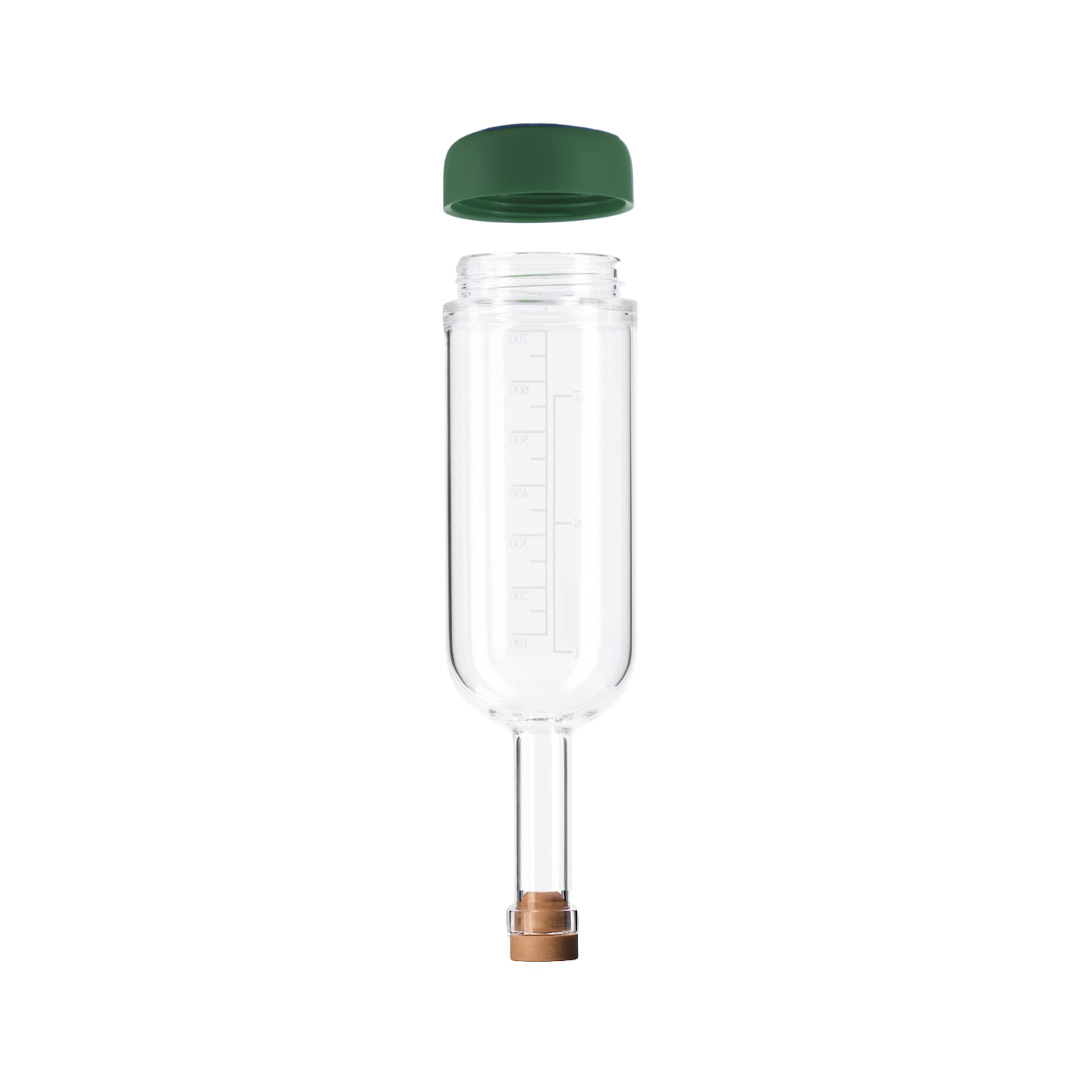
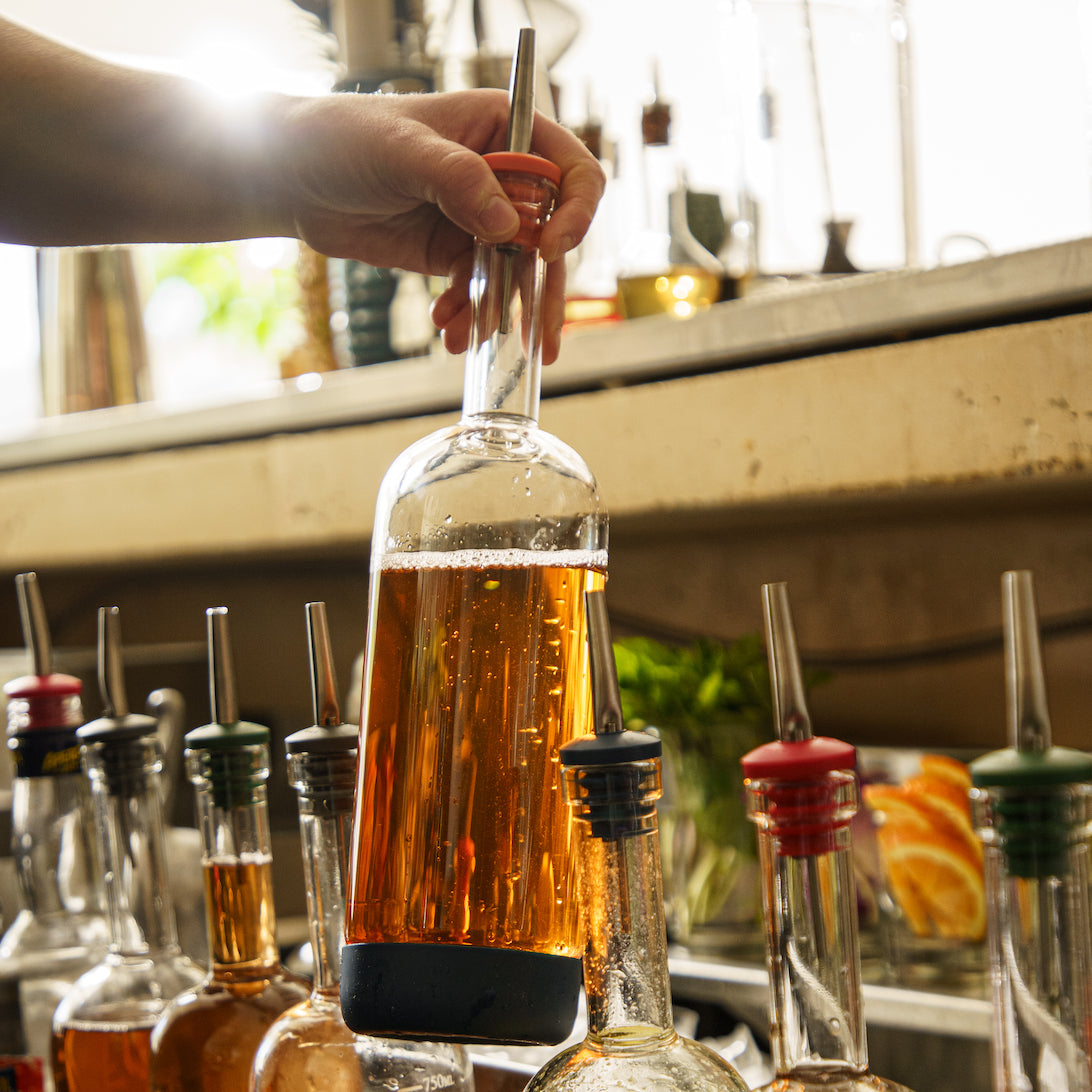
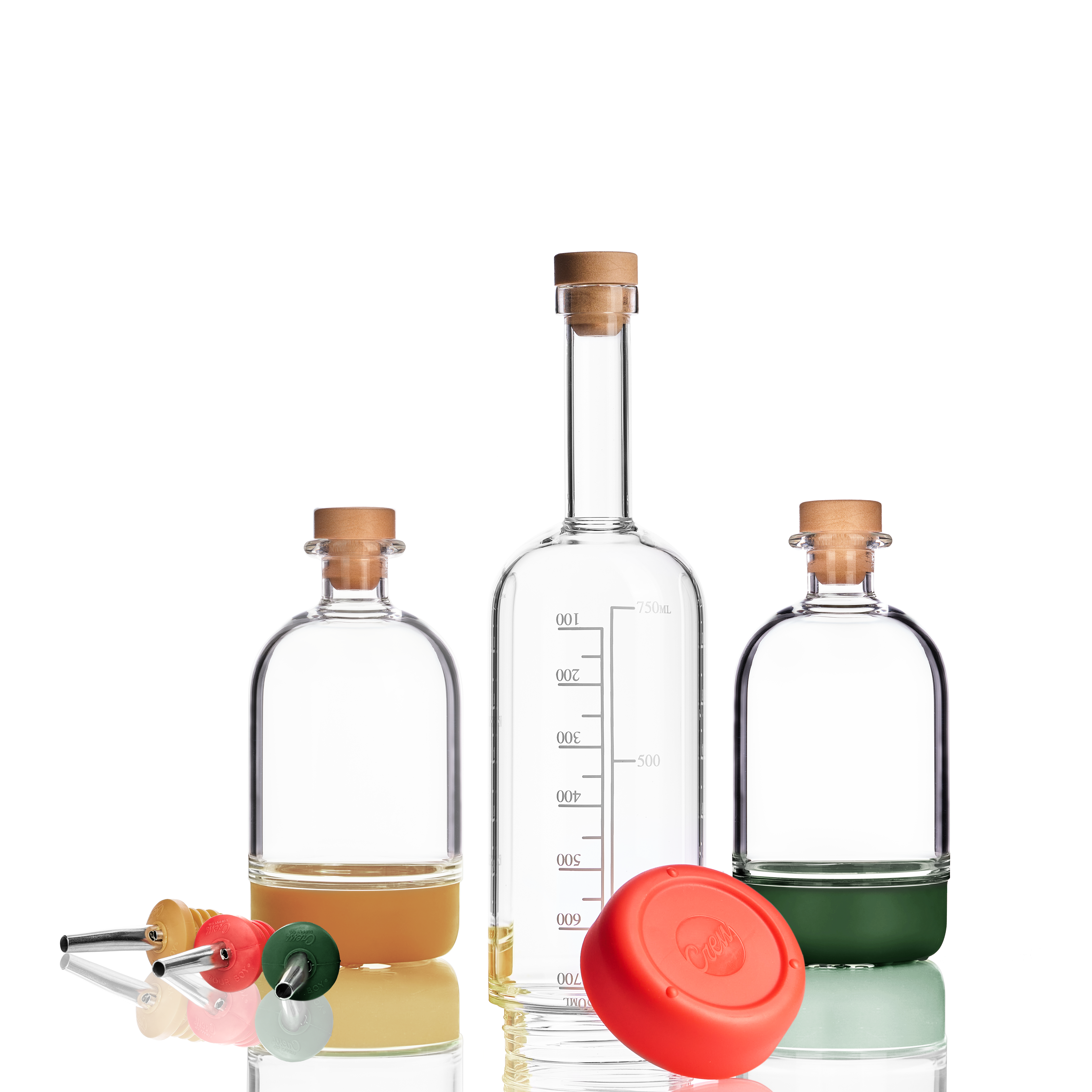

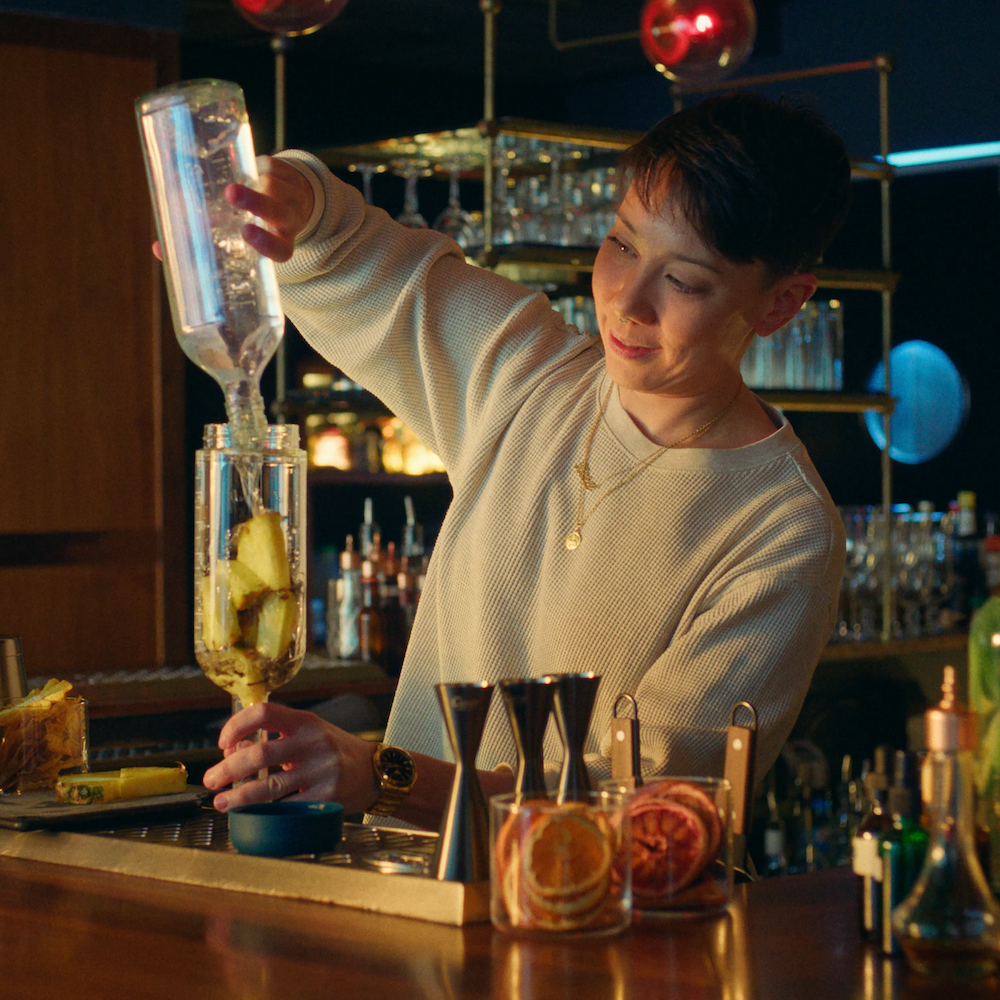



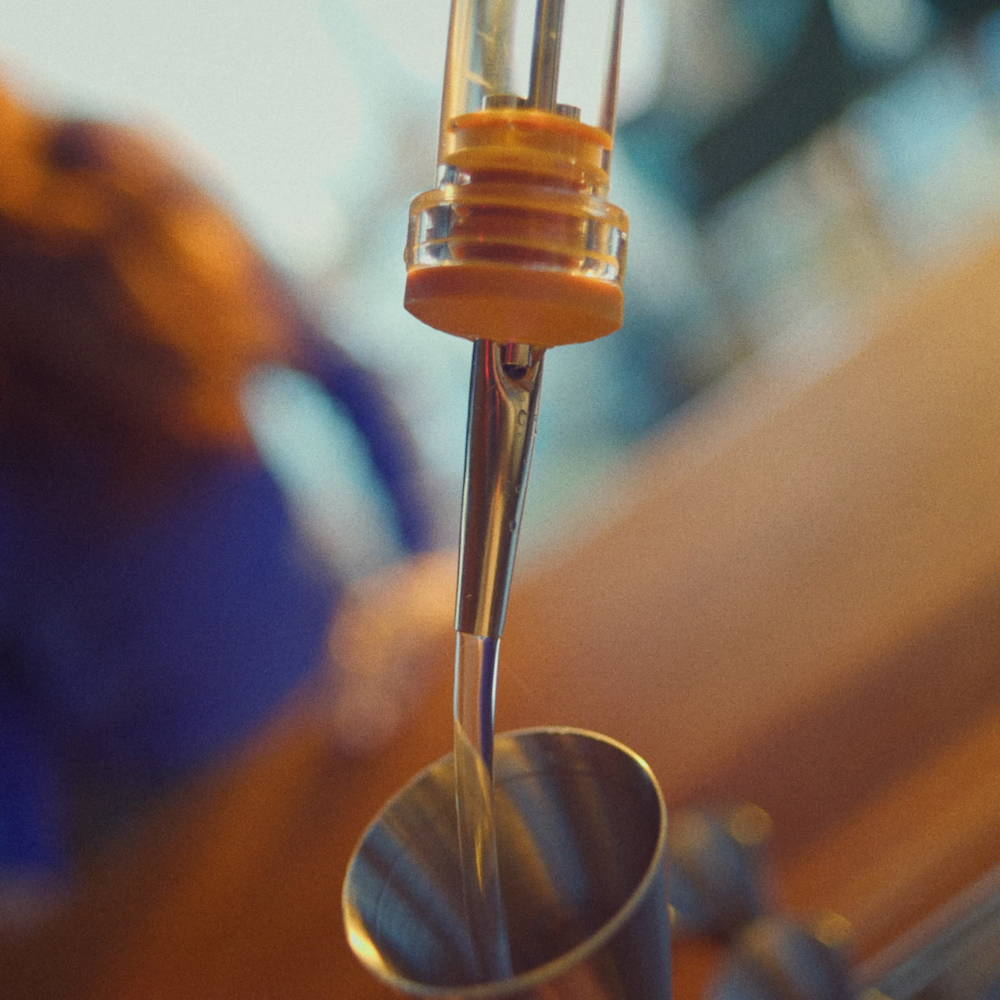
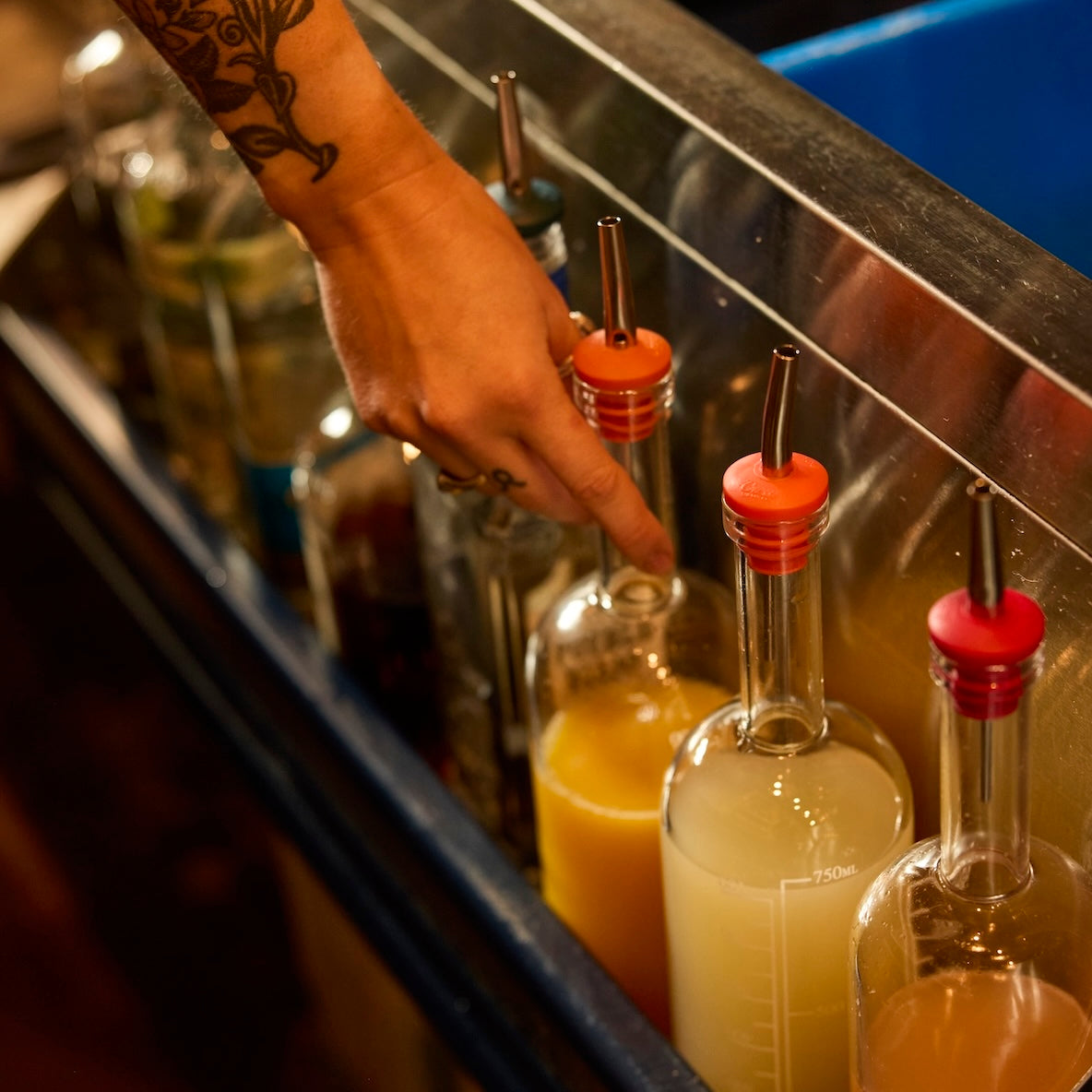
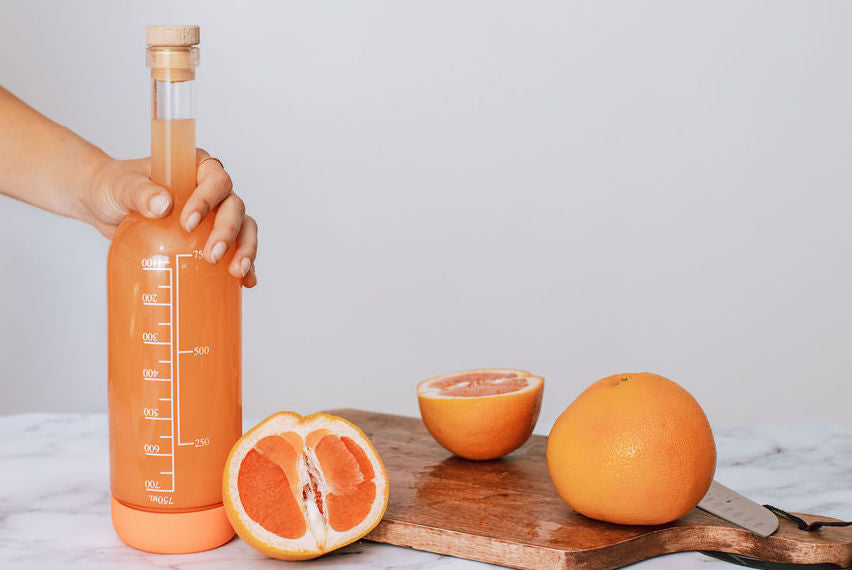
Share:
Movers & Shakers: The Rise of Mobile Bartending
The Past, Present, and Future of CBD-Infused Cocktails.